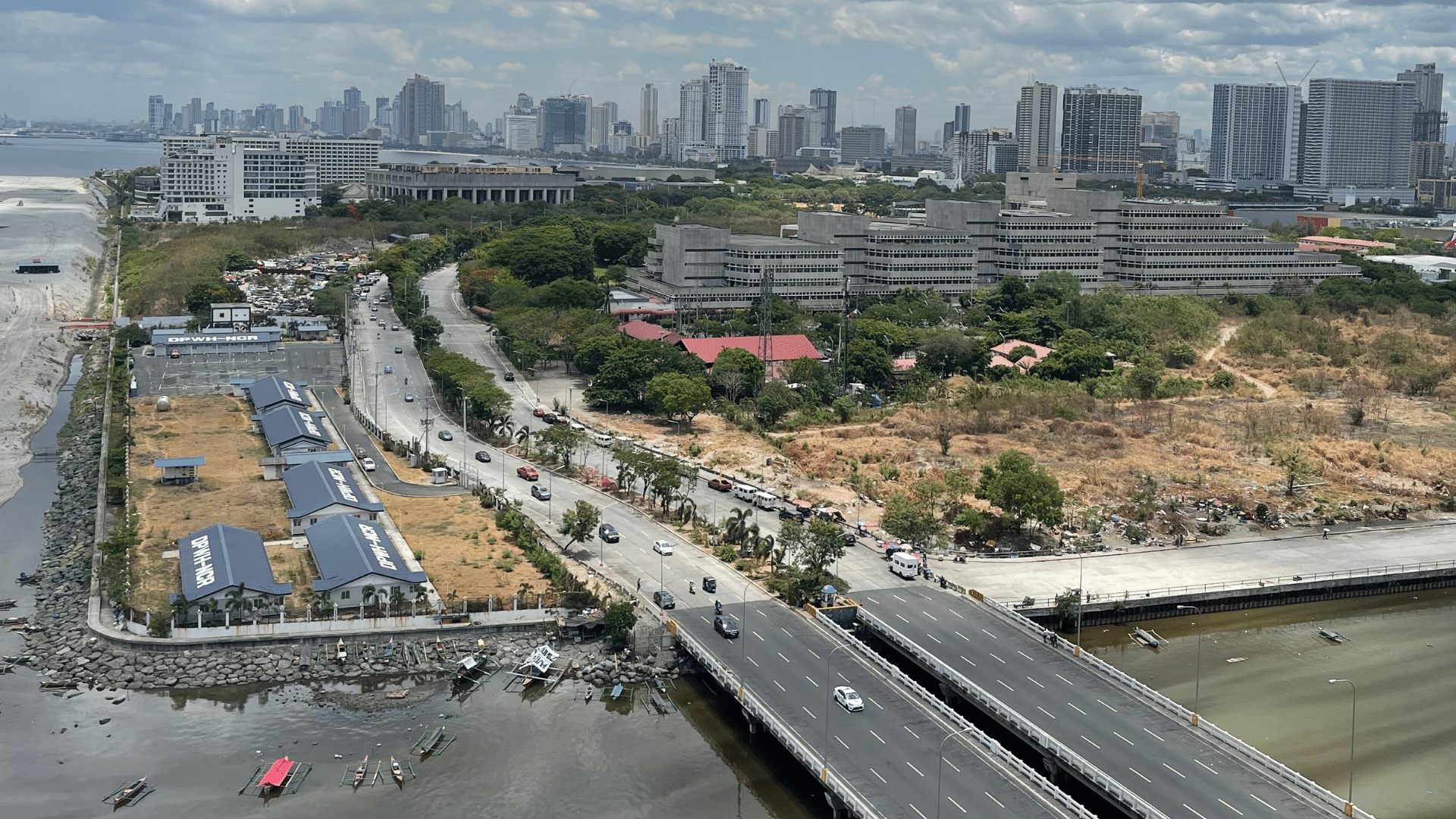
Manila Skyline | PHOTO: JMS
The Philippine economy could sustain an above 6-percent growth in the next two years—among the fastest in Southeast Asia—as its young population continues to attract more job-generating foreign direct investments to the country, HSBC Philippines said.
In an interview with reporters on Tuesday, Corrie Purisima, head of markets and securities services at HSBC, said gross domestic product (GDP) might expand by an annualized 6.4 percent in 2025, before accelerating to 6.7 percent in 2026.
If these projections come true, Purisima said the Philippines could potentially be “one of the region’s top performers in terms of growth.”
READ: PH economy set for takeoff owing to young workforce, says report
But GDP expansion would fall short of the 6.5 to 7.5 percent goal of the Marcos administration for 2025. Nevertheless, growth in 2026 would settle close to the low-end of the 6.5 to 8 percent target band of the government for that year until 2028, if HSBC’s prediction comes to pass.
Purisima said a key growth driver for the Philippines is its young working age population that remains attractive to job-generating foreign capital. So far, government efforts to boost clean power investments are attracting investor interest in the renewable energy sector, she added.
“That will continue to bring a lot of dividends for our country. What was also covered in our research is that the Philippines is actually the last to peak in terms of working age in ASEAN… and it will bring a lot of opportunities for investments in the country,” Purisima said.
READ: World Bank to PH: Invest in youth now for better economy
Another source of growth for the economy, Purisima said, is its services exports, with the information technology and business process management (ITBPM) sector—which thrived even at the height of the pandemic—seen getting a boost from digitalization.
”That is still a bright spot in the Philippines because our inflows from our services export has now surpassed the overseas remittances,“ she said.
Latest data show that the economy grew 6.3 percent in the second quarter. But analysts had said the figure was magnified by favorable base effects that masked the 4.6 percent growth in consumption — a pace that was uncommonly low for the Philippines after inflation crimped household spending.
The government will release the third quarter GDP performance on Nov. 7. HSBC is penciling in a 5.7 percent growth in the three months through September. For the whole 2024, the global banking giant pegged a 5.8 percent average expansion, albeit below the 6 to 7 percent target of President Marcos for this year.
In the same interview, Sandeep Uppal, president and CEO of HSBC Philippines, said the Philippines could achieve “superstar” status in Asia if it can achieve a growth that is higher than 7 percent.
”[This] is very aspirational, very elusive. But that’s what makes us a superstar—anywhere from 7 percent to that double digit number—because then it’s a standout,” Uppal said.

